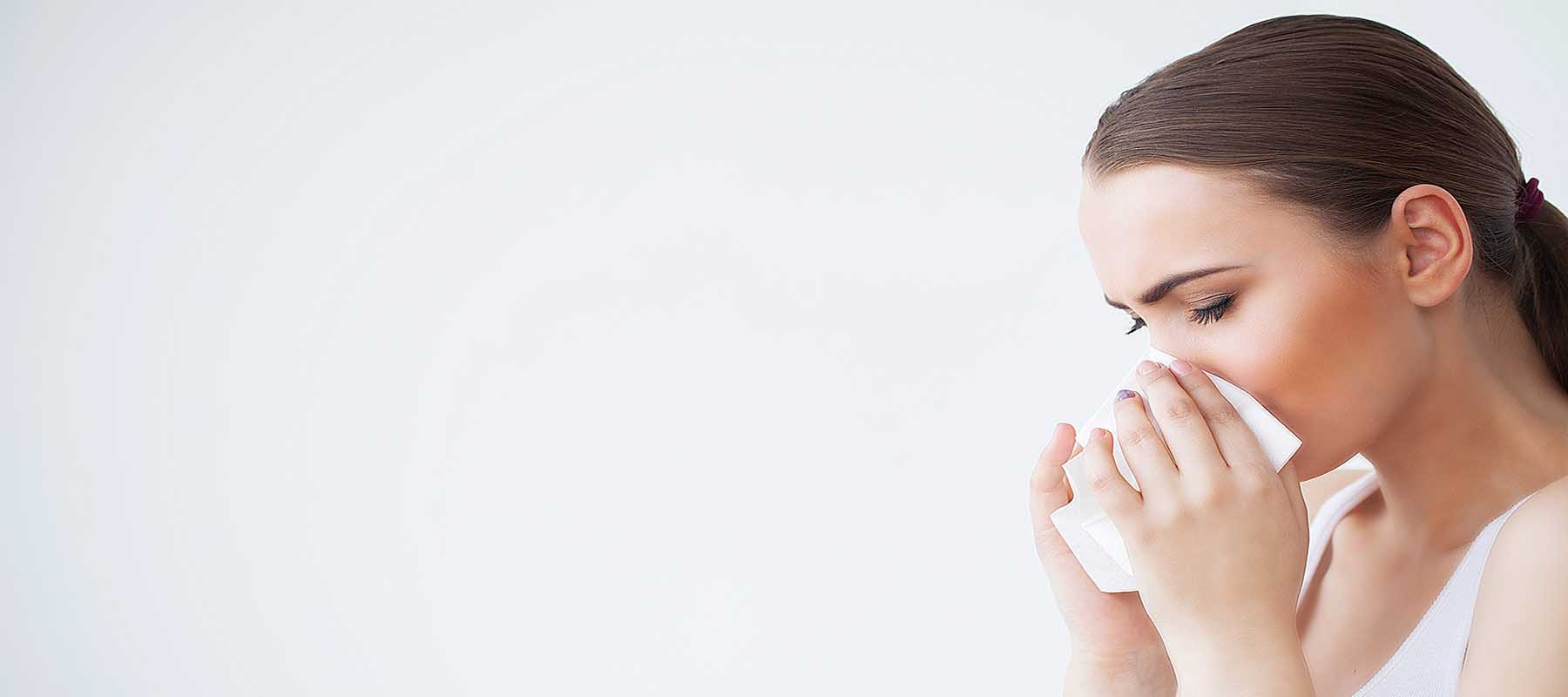Coughing is a natural function of a healthy body. It is your body’s way of clearing secretions and particles that you might have inhaled. By removing the lungs and respiratory system, the cough is intended to help your boy fight off infection by evil invaders. But a chronic cough is not natural.
But what if you get a cough and it doesn’t go away? A cough is generally considered “chronic” after 8 weeks of coughing with no relief. The most common causes of a chronic cough are post-nasal drip and allergic asthma. Less common causes can be acid reflux, chronic bronchitis, and the use of ACE inhibitors.
If you have a cough that doesn’t seem to go away, track your symptoms and you will be more prepared to discuss it with your doctor. For instance, does the cough come on at night? Is it only when you lie down at night, and doesn’t it occur if you sit in bed?
These things can help your doctor determine if the cause is allergic asthma (such as from dust mites) or acid reflux. Also, note the foods you are consuming. Be sure to tell your doctor about any medications you are taking. My brother is one of the approximately 20% of people who develop a chronic cough as a result of ACE inhibitors prescribed to control high blood pressure. His doctor changed his medication, and the cough disappeared!
If a cold lingers, the post-nasal drip can lead to a chronic cough. The constant secretions can irritate the throat and cause a cough. However, this can also mask a cough due to asthma, as it can be triggered by a respiratory infection such as a cold. Cough due to asthma may or may not be in conjunction with wheezing.
If you have allergic asthma or environmental allergies and your cough reappears, it might be a good time to check for changes in your home environment. Aside from the obvious, such as adding a new pet, did you change pillows, blankets, or comforters?
Many people believe their bedding can’t harbor allergens if it is new. Please don’t be among the uninformed. Any pillow, duvet, or mattress that you buy new can already contain allergens. That is why it is important to cover your mattress, box spring, pillow, etc., with dust-mite-proof covers from day one.
So, if your cough lingers, begin paying attention and taking notes. If you need to see your doctor, your careful notes will help them make good use of their diagnostic time.
